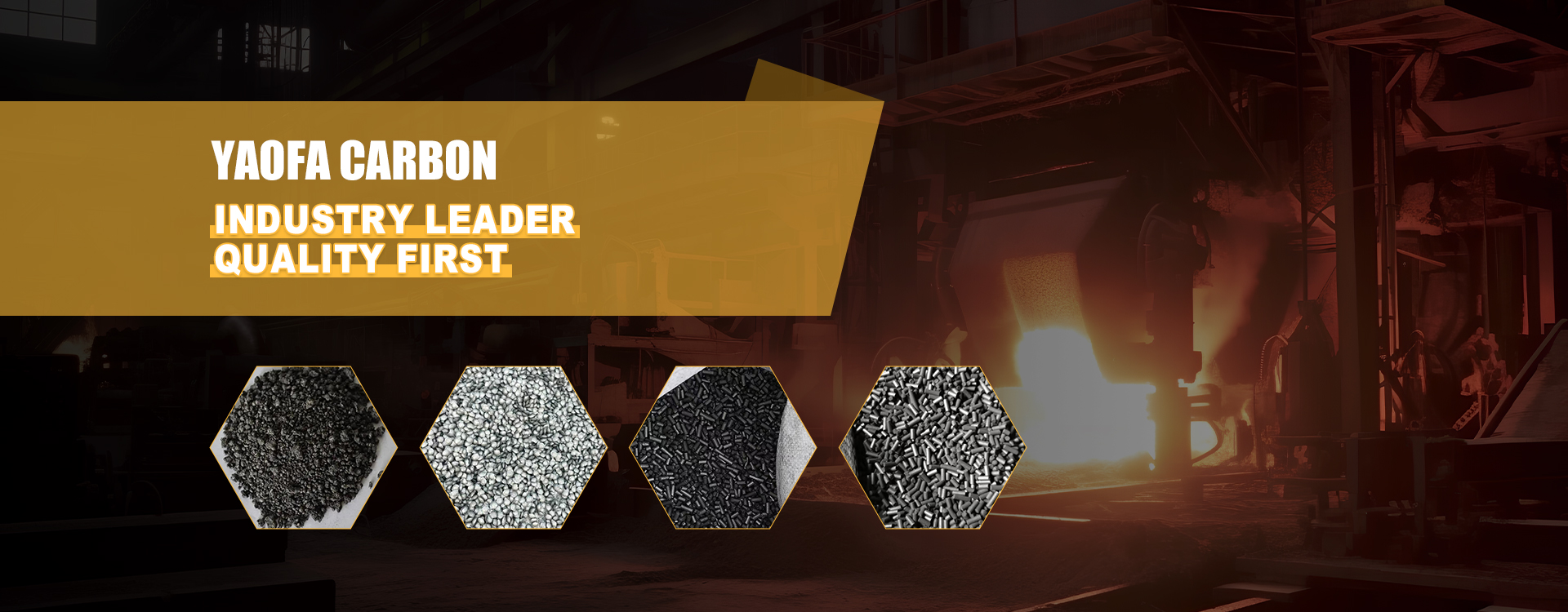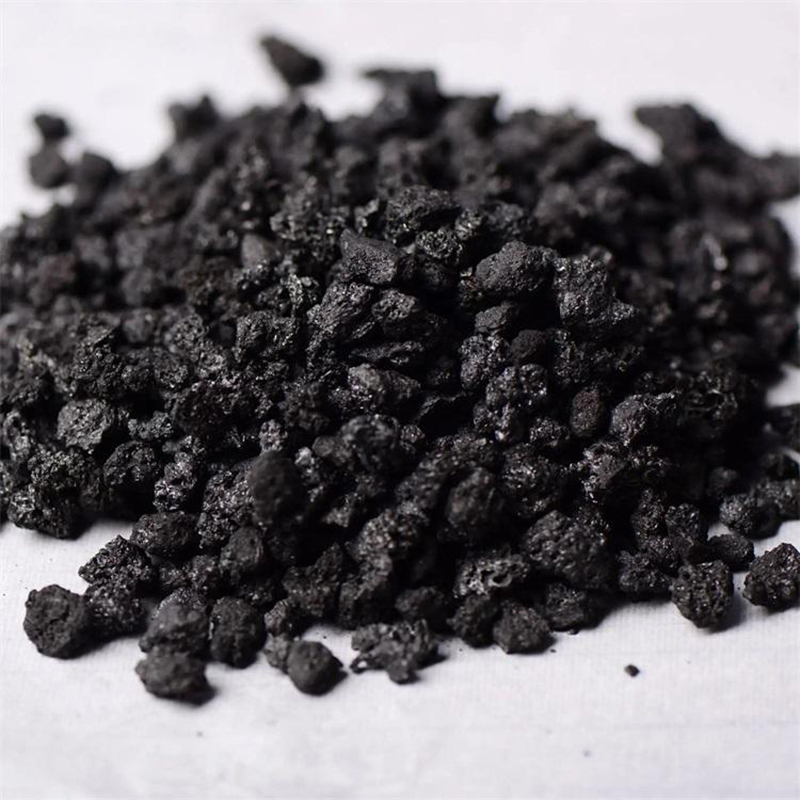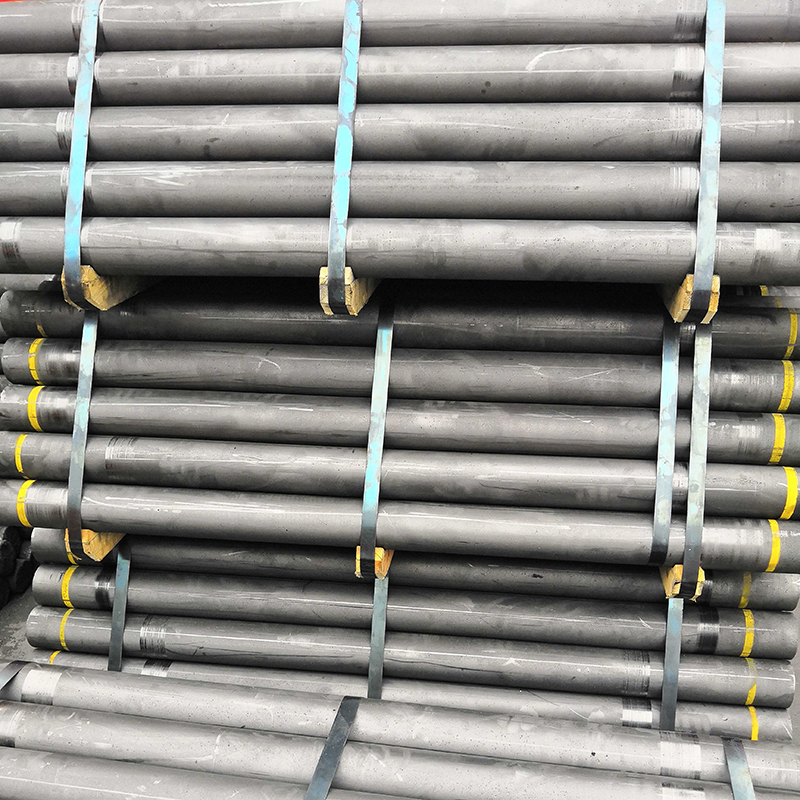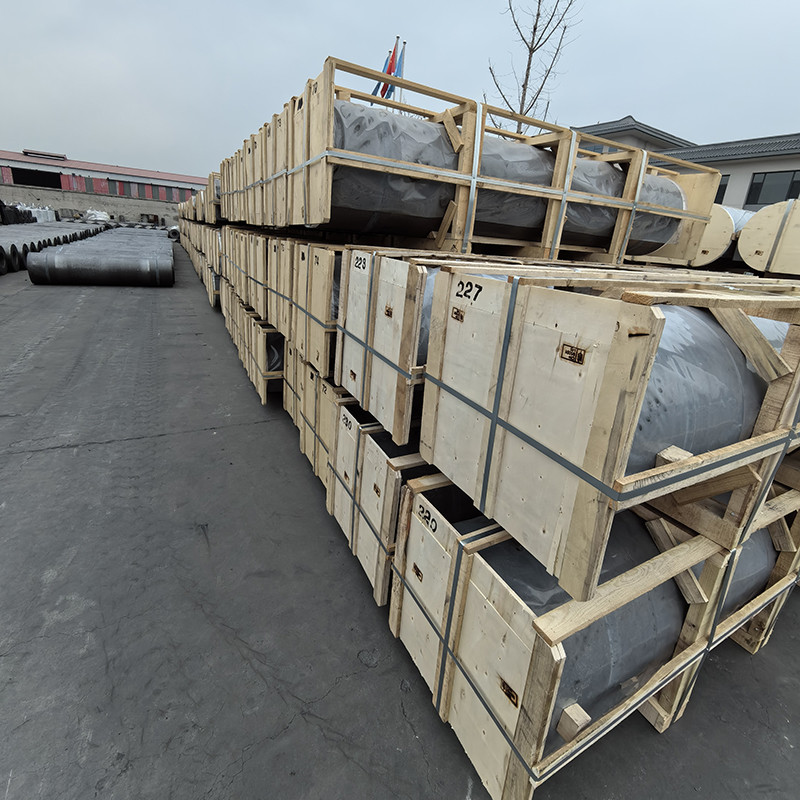- Chinese
- French
- German
- Portuguese
- Spanish
- Russian
- Japanese
- Korean
- Arabic
- Irish
- Greek
- Turkish
- Italian
- Danish
- Romanian
- Indonesian
- Czech
- Afrikaans
- Swedish
- Polish
- Basque
- Catalan
- Esperanto
- Hindi
- Lao
- Albanian
- Amharic
- Armenian
- Azerbaijani
- Belarusian
- Bengali
- Bosnian
- Bulgarian
- Cebuano
- Chichewa
- Corsican
- Croatian
- Dutch
- Estonian
- Filipino
- Finnish
- Frisian
- Galician
- Georgian
- Gujarati
- Haitian
- Hausa
- Hawaiian
- Hebrew
- Hmong
- Hungarian
- Icelandic
- Igbo
- Javanese
- Kannada
- Kazakh
- Khmer
- Kurdish
- Kyrgyz
- Latin
- Latvian
- Lithuanian
- Luxembou..
- Macedonian
- Malagasy
- Malay
- Malayalam
- Maltese
- Maori
- Marathi
- Mongolian
- Burmese
- Nepali
- Norwegian
- Pashto
- Persian
- Punjabi
- Serbian
- Sesotho
- Sinhala
- Slovak
- Slovenian
- Somali
- Samoan
- Scots Gaelic
- Shona
- Sindhi
- Sundanese
- Swahili
- Tajik
- Tamil
- Telugu
- Thai
- Ukrainian
- Urdu
- Uzbek
- Vietnamese
- Welsh
- Xhosa
- Yiddish
- Yoruba
- Zulu
- Kinyarwanda
- Tatar
- Oriya
- Turkmen
- Uyghur

graphite crucible vs ceramic
Graphite Crucible vs Ceramic: A Practical Perspective
When it comes to melting metals, the choice between a graphite crucible and a ceramic one often sparks considerable debate among industry professionals. Each material has its own set of advantages and applications, making it crucial to understand their distinct properties and how they align with specific needs.
Understanding Material Properties
Let's dive into the properties that differentiate graphite crucibles from their ceramic counterparts. Graphite is known for excellent thermal conductivity and can withstand high temperatures, making it the go-to for non-ferrous metals. Ceramic, conversely, boasts a strong resistance to chemical corrosion and is preferred for its purity and minimal reaction with molten materials.
Graphite's ability to handle thermal shock is truly remarkable. I remember working on a project that required quick heating cycles, and the graphite crucible performed without a hitch. Yet, this isn't to say ceramic isn't up to the task. In industries where chemical purity is paramount, such as the processing of precious metals, ceramic often takes the lead.
Each material brings its strengths to the table. The real challenge—and opportunity—is matching those strengths to practical applications. Hebei Yaofa Carbon Co., Ltd., known for its expertise in carbon products, offers a range of graphite solutions perfect for high-temperature environments. You can explore more through their website, Hebei Yaofa Carbon Co., Ltd.
Cost and Durability Considerations
Cost is always a major factor in any operational decision. Graphite tends to be less expensive when compared to high-quality ceramics. This price difference arises from the complexity involved in producing high-density ceramic products.
However, one must consider durability and lifespan. Ceramic may come with a higher upfront cost, but its resistance to certain chemicals means longer service intervals with minimal contamination risks. You don't want to find yourself in a situation where cost-cutting leads to unexpected and expensive downtime.
In my experience, a clear understanding of the end-use scenario dictates the smartest choice. For instance, Hebei Yaofa Carbon has succeeded by offering products, like carbon additives and electrodes, that streamline processes for their clients.
Application-Specific Insights
It's not always a straightforward decision between graphite and ceramic. Let's say you're working with aluminum alloys; here, graphite excels due to its ability to perform at high temperatures without degrading. On the other hand, if your focus is on melting glass or ceramics at lower temperatures, the choice shifts.
I've seen manufacturers using a combination of both crucible types within the same facility—a unique approach where different properties are leveraged for different stages of the production process. This hybrid approach allows for optimized operations and can significantly affect output quality.
Moreover, operational conditions such as atmosphere, temperature fluctuations, and specific metal or compounds being processed can greatly influence the choice. Consultation with providers like Hebei Yaofa Carbon is often invaluable to tailor the solution to your needs.
Maintenance and Operational Efficiency
Operational efficiency isn't just about choosing the right material; it's also about maintaining it. Regular inspections for cracks or erosion in ceramic and graphite crucibles can prevent costly failures.
In one instance, I recall a colleague facing unexpected downtime because minor surface cracks in a ceramic crucible went unnoticed. These issues could have been avoided with routine checks. On the flip side, graphite’s softer nature means it may wear quicker, but damage is often more visible.
Efficient practices combined with high-quality products, like those offered by Hebei Yaofa Carbon, ensure that operations run smoothly and economically. Their comprehensive understanding of carbon solutions makes them a reliable partner in maximizing equipment performance.
Conclusion: Making the Right Choice
Choosing between a graphite crucible and a ceramic one is less about the inherent qualities of each and more about the fit within your specific operational context. Every project is unique, with its own set of parameters and challenges.
Ultimately, collaboration with experienced manufacturers like Hebei Yaofa Carbon Co., Ltd. can provide insights and practical solutions tailored to your specific needs. Visit their website at https://www.yaofatansu.com for more information. Balancing cost, durability, and application requirements make all the difference in achieving successful outcomes.
From my own experience, it's clear that informed decisions based on real-world application and expert advice will guide you to the right choice, ensuring efficiency and effectiveness in your operations.
Related products
Related products
Best selling products
Best selling productsRelated search
Related search- Buy tempering graphite crucibles
- graphite electrode use Manufacturer
- China graphite lined crucible
- creditable rp graphite electrode manufacturer
- crucible made of graphite Manufacturer
- digital signage solutions companies
- graphite electrodes for steel making factory
- diy clay graphite crucible
- graphite electrode price per kg supplier
- pure coal tar Manufacturer













